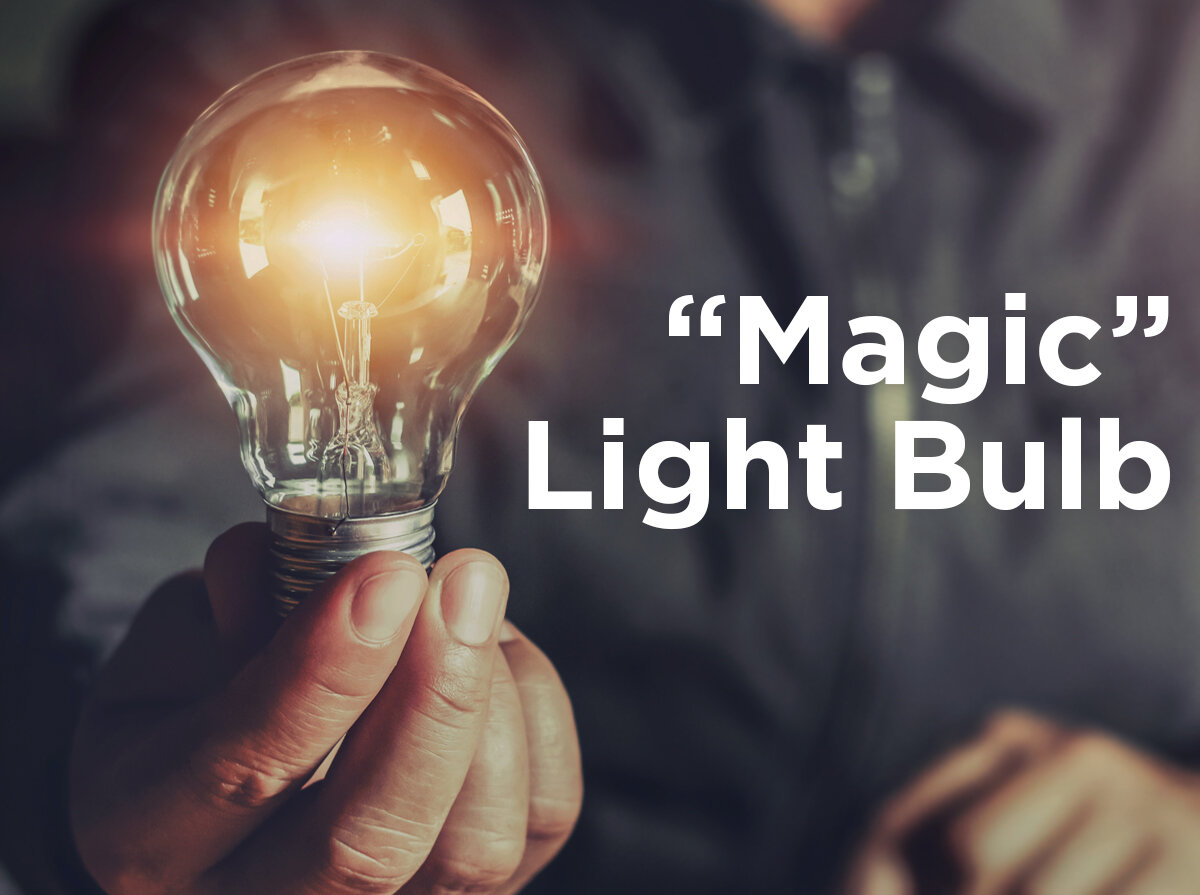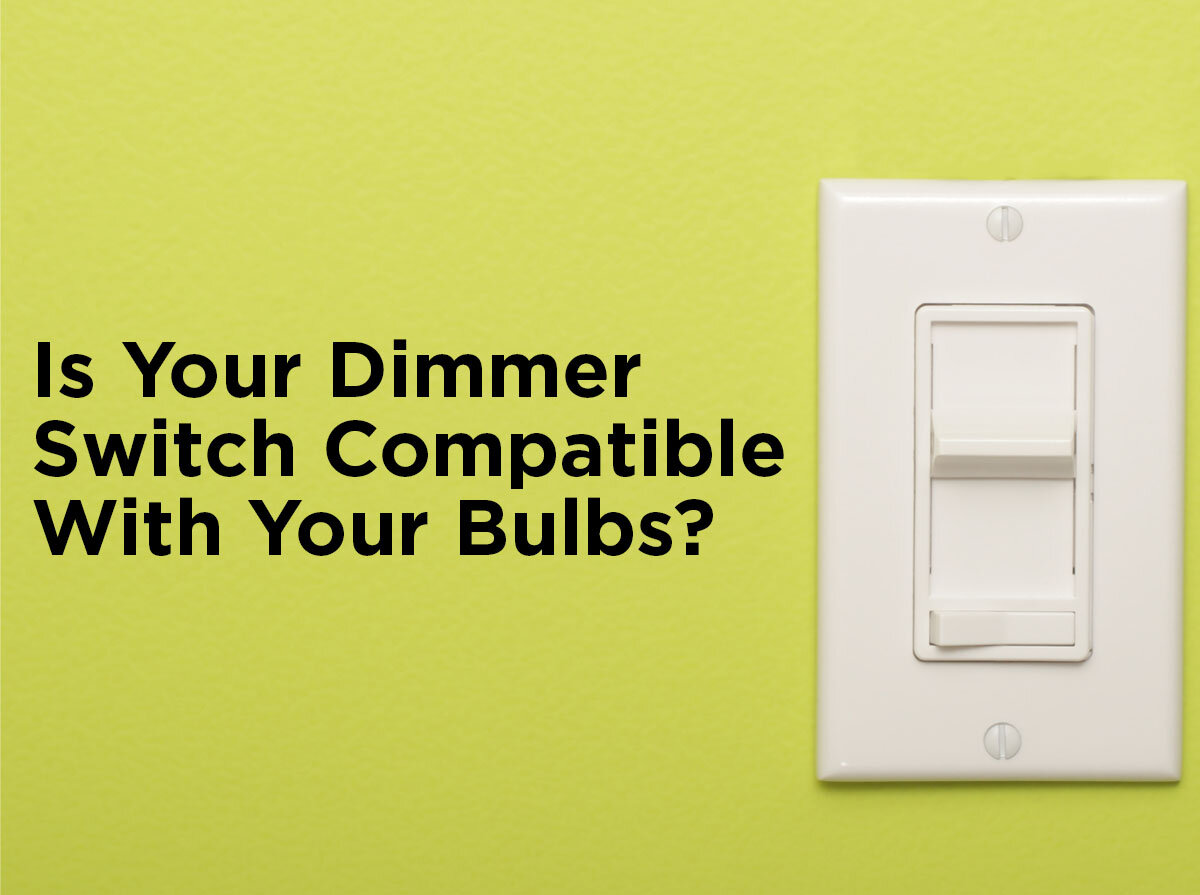What is 0-10V Dimming?
0-10V dimming applies a direct current voltage (DC) between 0 and 10 Volts to produce light at varying intensity levels. At 10V, the lights controlled by the dimmer are at 100% brightness. At 1V, the lights are at 10% measured brightness, which may actually be perceived as 32% brightness. Read this blog post to find out why. At 0 Volts, it either turns the lights off or has the lights dimmed to the lowest possible level and a switch is required to turn the lights completely off.
0-10V dimming started as a method for dimming fluorescents but is also used on LED lighting today. It’s typically used in offices, retail spaces, and homes with fixtures that have an LED driver designed for 0-10VDC dimming input. While it can be used for RGB or RGBW color-changing lights, there are some limitations. Each of the three or four colors needs to be assigned a zone so that the controller can adjust the intensity of each color separately to produce a range of color possibilities. If the color changing lights require additional inputs beyond intensity, a different dimming method should be used. For applications like entertainment spaces and those epic Christmas light displays that inspire “Ditto” lights from the neighbors, it’s common for people to use DMX512 protocol products instead, allowing them to connect the lights to a computer.
What is Full Range Dimming?
Unlike incandescent bulbs, which smoothly dim to off, LEDs dim a little differently. Not all LEDs can dim down to 10%, but for most applications, dimming down to 10% is enough. That’s why when you see “Full Range Dimming” on a spec sheet, it’s not uncommon for it to mean that the LEDs dim to 10%. LEDs capable of dimming to 1% are more expensive and traditionally have been reserved for auditoriums and other spaces where a very low light level is needed. However, as LED technology continues to improve, so does the dimming range as LEDs that dim down to 1% become more widely used.
Class 1 vs Class 2 Installations
Did you know your doorbell is on a Class 2 circuit? When doing 0-10V dimming, your driver can be Class 1 or Class 2. Which one you need depends on your installation. If you want to install low voltage tape light, it too needs to be installed on a Class 2 circuit and kept separate from any Class 1 wiring. Class 2 circuits are considered safe to contact with no risk of fire or electrical shock because the power through the circuit is restricted to a safe range. These circuits are required to use less than 60 Volts in dry environments, 30 Volts in wet environments, as well as only handling loads up to 5 Amps or 100 Watts.
A Class 1 driver has output ranges higher than Class 2 regulations and can control more LEDs. It’s best practice to use 18-gauge wire and keep the distance between the controller and the last driver at or below 300 ft. Using 16-gauge wire allows you to extend the run an extra 100 feet, but this can cause some performance issues and should be considered carefully prior to installation.
Feeling a bit brighter now? If you still have questions about dimming, dimmers, or drivers, ask in the comments section below or call one of our account managers at 1-844-359-1925 for assistance getting started with your next lighting project. To stay up to date on all things lighting, follow us on Facebook, Twitter, LinkedIn, or Pinterest.
Sources
https://www.1000bulbs.com/pdf/understanding-led-drivers.pdf
https://www.acuitybrands.com/products/detail/257121/fresco/fresco-dxt/assemblies-for-high-performance-dmx-networks/-/media/products/fresco/257121/document/0-10vdc-best-practice_pdf.pdf
http://www.lightology.com/index.php?module=tools_faq_0_10v_control
http://www.lutron.com/en-us/education-training/documents/10v.pdf









